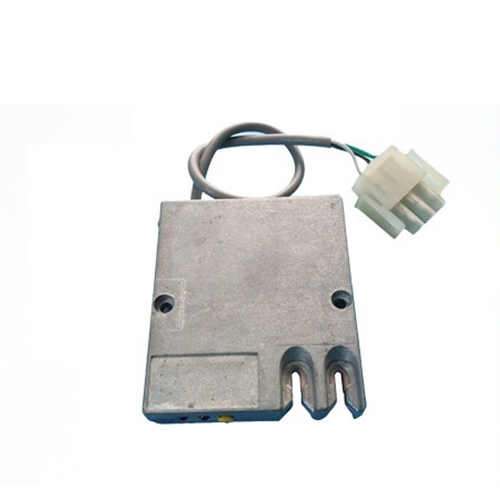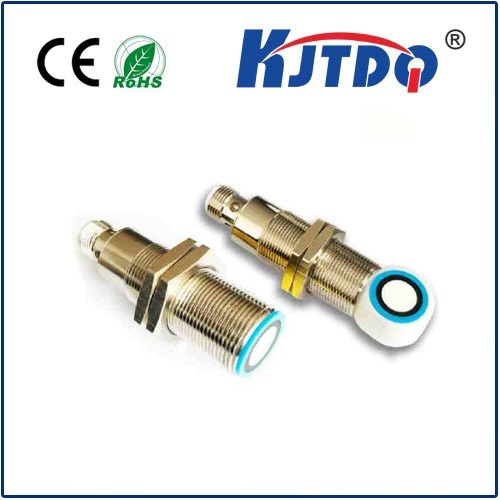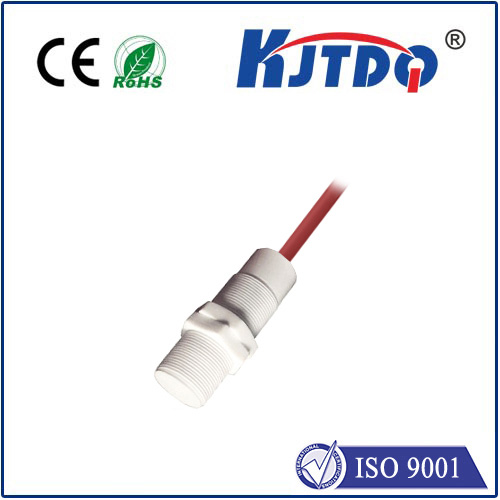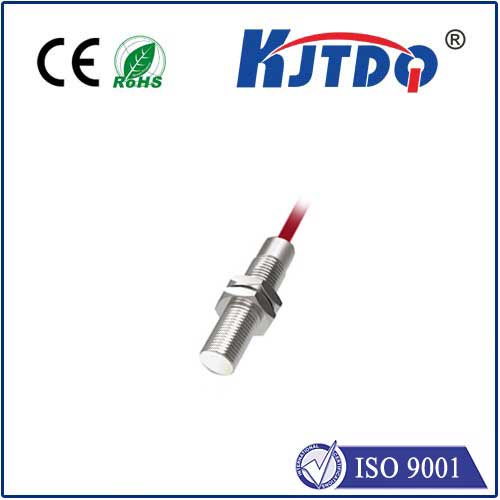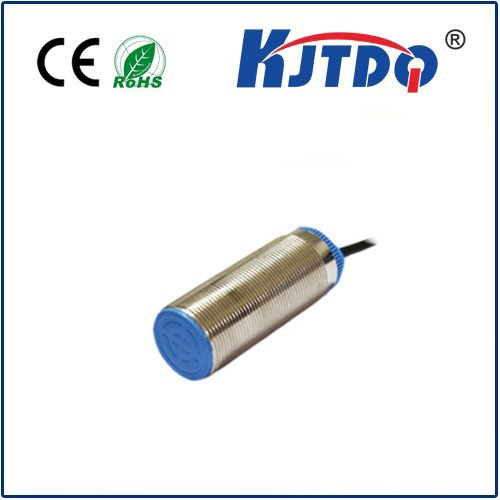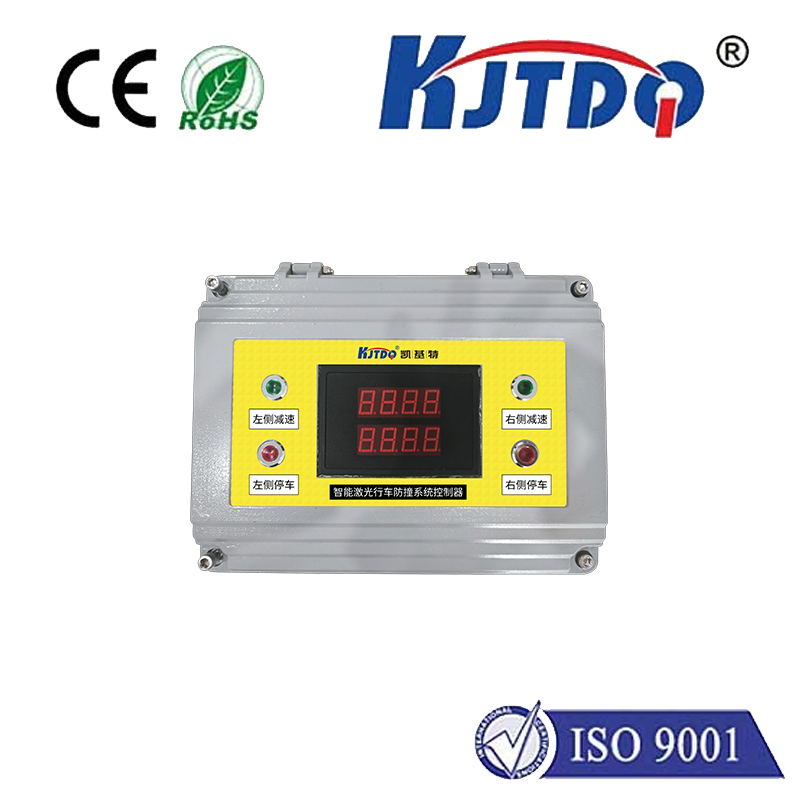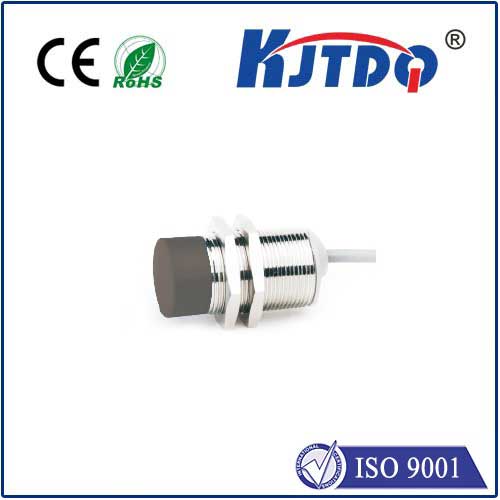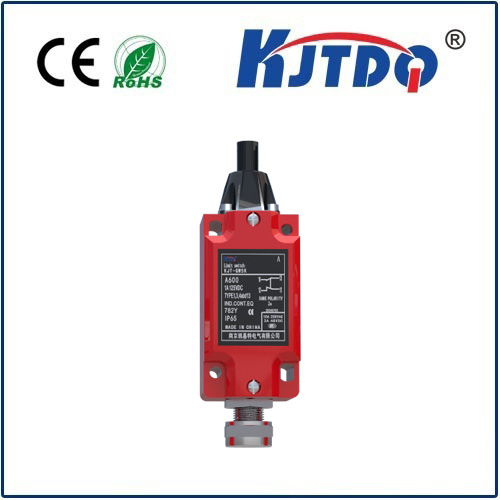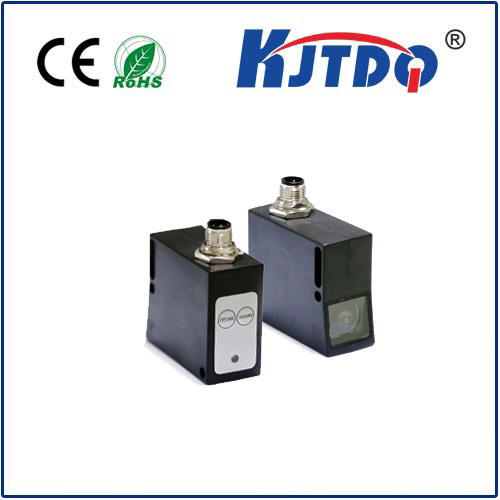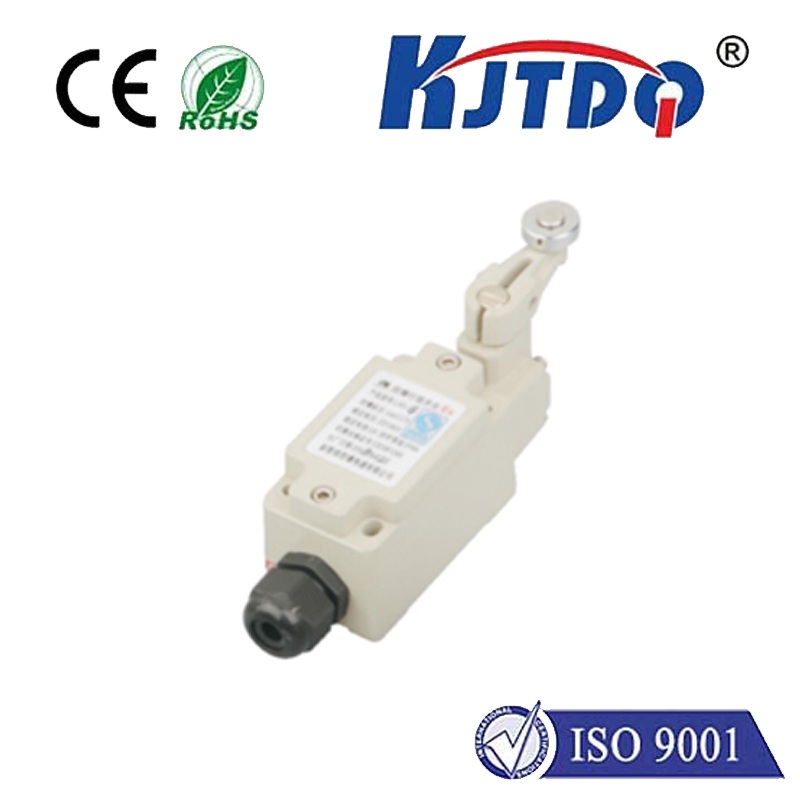BES010Z proximity sensor
- time:2025-10-16 10:55:51
- Click:0
BES010Z Proximity Sensor: The Unsung Hero of Reliable Industrial Automation
In the bustling heart of a modern manufacturing plant, a robotic arm moves with precision, gliding millimeters above a complex component. Nearby, a conveyor belt whirs, transporting metal parts at high speed. Within a CNC machine, a cutting tool approaches its workpiece. What ensures these critical movements happen flawlessly, without collisions or misalignments? Often, it’s a tiny, unassuming component like the BES010Z proximity sensor, silently performing its duty millions of times: detecting the presence or absence of an object, without physical contact.
This isn’t science fiction; it’s the essential reality of industrial automation. Proximity sensors, specifically inductive types like the Balluff BES010Z, are fundamental building blocks. They provide the crucial “eyes” for countless machines and control systems. But what makes the BES010Z stand out in this vital category?
Understanding the BES010Z: Core Identity and Principle
The designation “BES010Z” points to a specific model within Balluff’s extensive range of inductive proximity sensors. Inductive sensors, like the BES010Z, work on the principle of electromagnetic fields. Here’s the core functionality:
- Generating the Field: The sensor tip contains an oscillator coil that generates a high-frequency electromagnetic field.
- Target Influence: When a conductive metal target (like steel, aluminum, brass, etc.) enters this field, eddy currents are induced within the target.
- Detection: These eddy currents draw energy from the sensor’s oscillator field, causing a measurable change – typically a reduction in the oscillation amplitude.
- Signal Output: The sensor’s internal circuitry detects this amplitude change and triggers a solid-state electronic switch. This results in a clean, fast digital output signal (often NPN or PNP configuration) sent to the controller (like a PLC).
The Inductive Advantage: Why BES010Z Fits the Industrial Bill

Inductive sensors like the BES010Z offer distinct benefits perfectly suited to harsh industrial settings:
- Ruggedness and Reliability: Encased in durable materials (often stainless steel housing), sensors like the BES010Z are built to withstand shock, vibration, dust, and moisture. Many boast IP ratings (e.g., IP67) signifying protection against dust ingress and temporary water immersion.
- Non-Contact Operation: The fundamental non-contact detection eliminates mechanical wear and tear, leading to an exceptionally long operational lifespan – a key feature for minimizing downtime and maintenance costs.
- High Switching Speed: They respond incredibly quickly to the presence or absence of a target. This high-speed capability is vital for high-throughput applications like counting parts on a fast-moving conveyor or detecting camshaft position in an engine assembly line.
- Immunity to Contaminants: Unlike optical sensors, inductive sensors like the BES010Z are largely unaffected by dirt, oil, grease, sawdust, or paint splatter that commonly plague factory floors. They detect the metal target reliably through these layers.
- Long Service Life: With no moving parts directly involved in the sensing mechanism, the BES010Z proximity sensor offers outstanding longevity, contributing significantly to reducing total cost of ownership.
Key Specifications and Features of the BES010Z
While exact specs might vary slightly based on specifics like the sensing face shape (e.g., flush or non-flush mountable) or connector type, the BES010Z typically embodies the following characteristics:
- Sensing Principle: Inductive.
- Connection Type: Often features an M12 or M8 connector plug for quick, secure, and standardized wiring integration into control panels and machinery.
- Sensing Range: Designed for reliable short-range detection, commonly with a sensing distance (Sn) around 4mm. Precise specifications should always be confirmed via the manufacturer datasheet.
- Output Configuration: Typically offers choices such as NPN Normally Open (NO), NPN Normally Closed (NC), PNP NO, or PNP NC outputs to seamlessly interface with various control systems.
- Supply Voltage: Operates on standard industrial DC voltage ranges, often 10-30V DC.
- Switching Frequency: Capable of handling high signal switching rates essential for fast machinery cycles.
- Housing: Robust metal housing (e.g., nickel-plated brass or stainless steel) with a sensing face optimized for detection performance and durability.
- Protection Rating: High IP ratings (like IP67 or IP69K) ensure reliable operation in challenging environments involving dust, coolants, and washdowns.
Where the BES010Z Proximity Sensor Shines
The reliability and robustness of the BES010Z inductive sensor make it indispensable across countless industrial scenarios:
- Position Verification: Confirming a part is correctly positioned before a machining operation.
- End-of-Travel Detection: Signaling when a cylinder has fully extended or retracted.
- Object Counting: Accurately tallying products or parts on a conveyor belt.
- Rotational Speed Monitoring: Detecting the teeth of a gear or the bolt heads on a rotating shaft.
- Machine Safety: Providing input signals for safety interlocks on doors or guards.
- Level Detection: Monitoring the presence/absence of metal parts in bins or chutes.
- Automated Assembly Lines: Essential for sequencing and verifying component placement in complex assemblies (automotive, electronics).
Integrating the BES0010Z: Practical Considerations
Deploying a BES010Z effectively requires attention to detail:
- Mounting: Ensure the sensor is securely fixed. Consider factors like sensing distance, target material/size/shape, and whether flush or non-flush mounting is required for optimal performance. Always refer to the mounting diagrams in the datasheet.
- Target Material: Inductive sensors are sensitive to different metals. Ferrous metals (like steel) generally offer the longest sensing ranges. Non-ferrous metals (aluminum, copper, brass) have reduced ranges. Know your target material!
- Wiring: Correctly connect the power supply (brown/+), ground (blue/-), and output (black) wires according to its specification (NPN vs. PNP) to your PLC or controller input card. Incorrect wiring is the most common installation error.
- Environmental Factors: While rugged, avoid mounting directly in front of intense heat sources or strong magnetic fields, which can affect performance. Adherence to specified operating temperature ranges is crucial.
The Silent Powerhouse of Modern Industry
Often overlooked but critical to smooth operations, devices like the BES010Z proximity sensor embody the power of smart, reliable sensing. Its ability to perform millions of detection cycles without contact, indifferent to harsh environments, makes it a cornerstone of efficient and safe automation.
Choosing the right sensor, like the BES010Z, involves matching its specifications – sensing distance, output type, housing style, and environmental ratings – to the specific demands of the application. When selected and installed correctly, this small yet mighty sensor becomes an invisible guardian, ensuring precision, safety, and unwavering uptime on the factory floor. Its contribution, though silent, is fundamental to the complex symphony of modern manufacturing.






